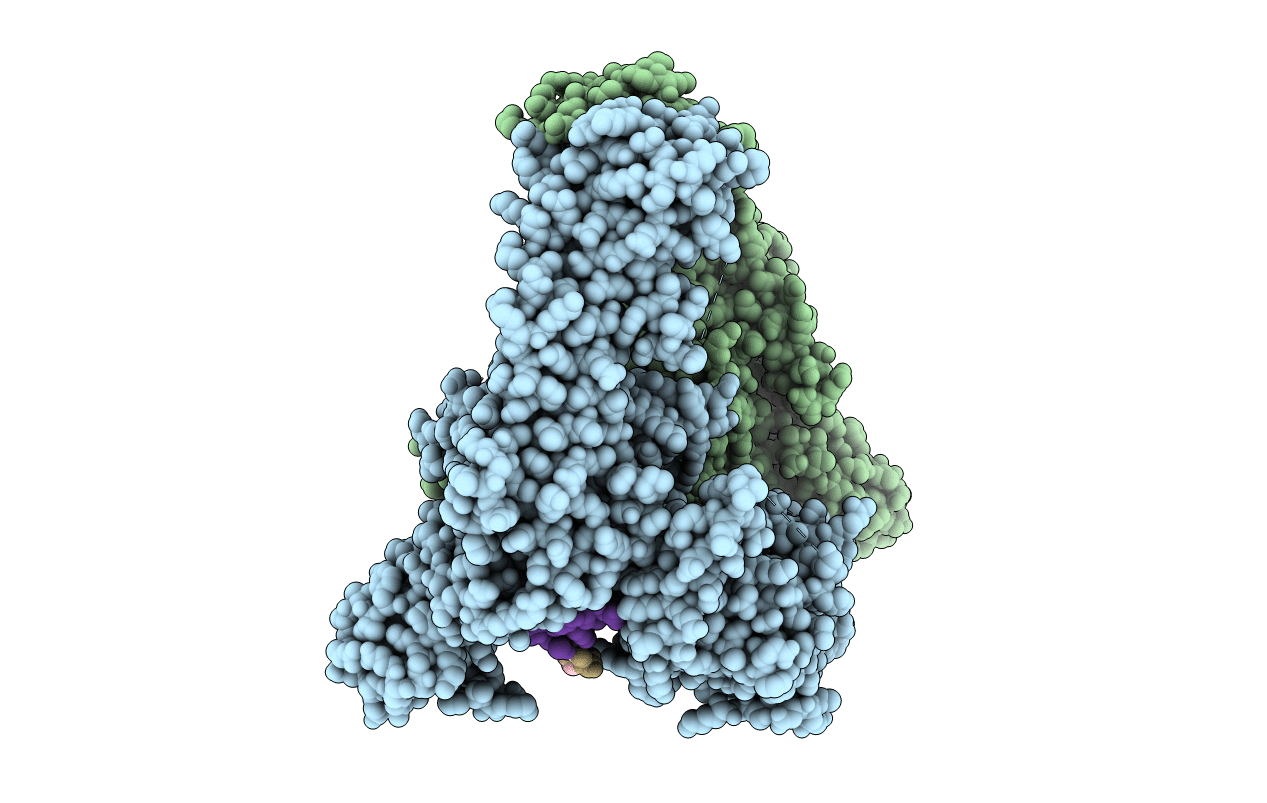
Deposition Date
2012-07-10
Release Date
2013-07-17
Last Version Date
2024-10-09
Entry Detail
PDB ID:
4G0U
Keywords:
Title:
Human topoisomerase IIbeta in complex with DNA and amsacrine
Biological Source:
Source Organism:
Homo sapiens (Taxon ID: 9606)
Host Organism:
Method Details:
Experimental Method:
Resolution:
2.70 Å
R-Value Free:
0.21
R-Value Work:
0.15
R-Value Observed:
0.15
Space Group:
P 1 21 1


